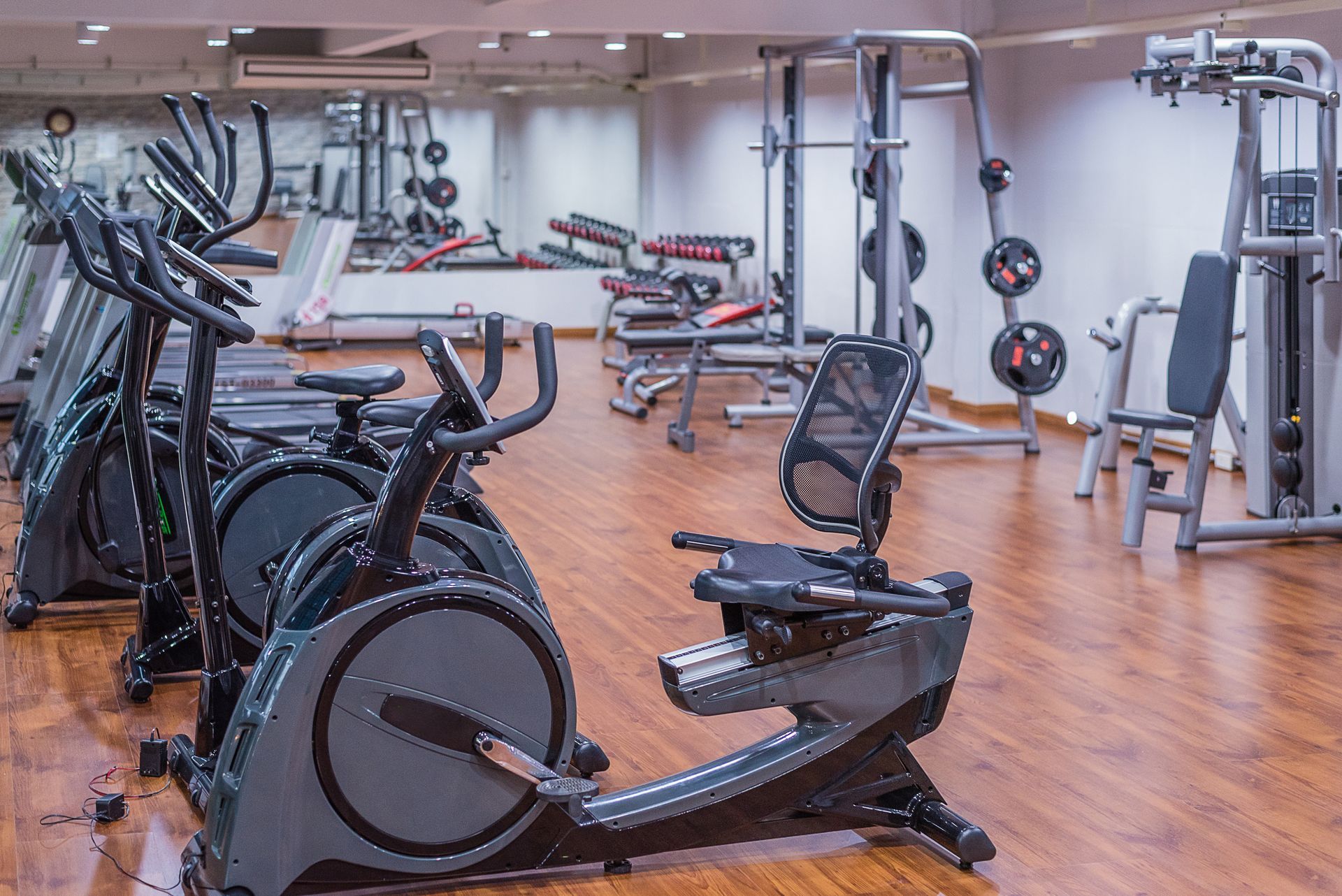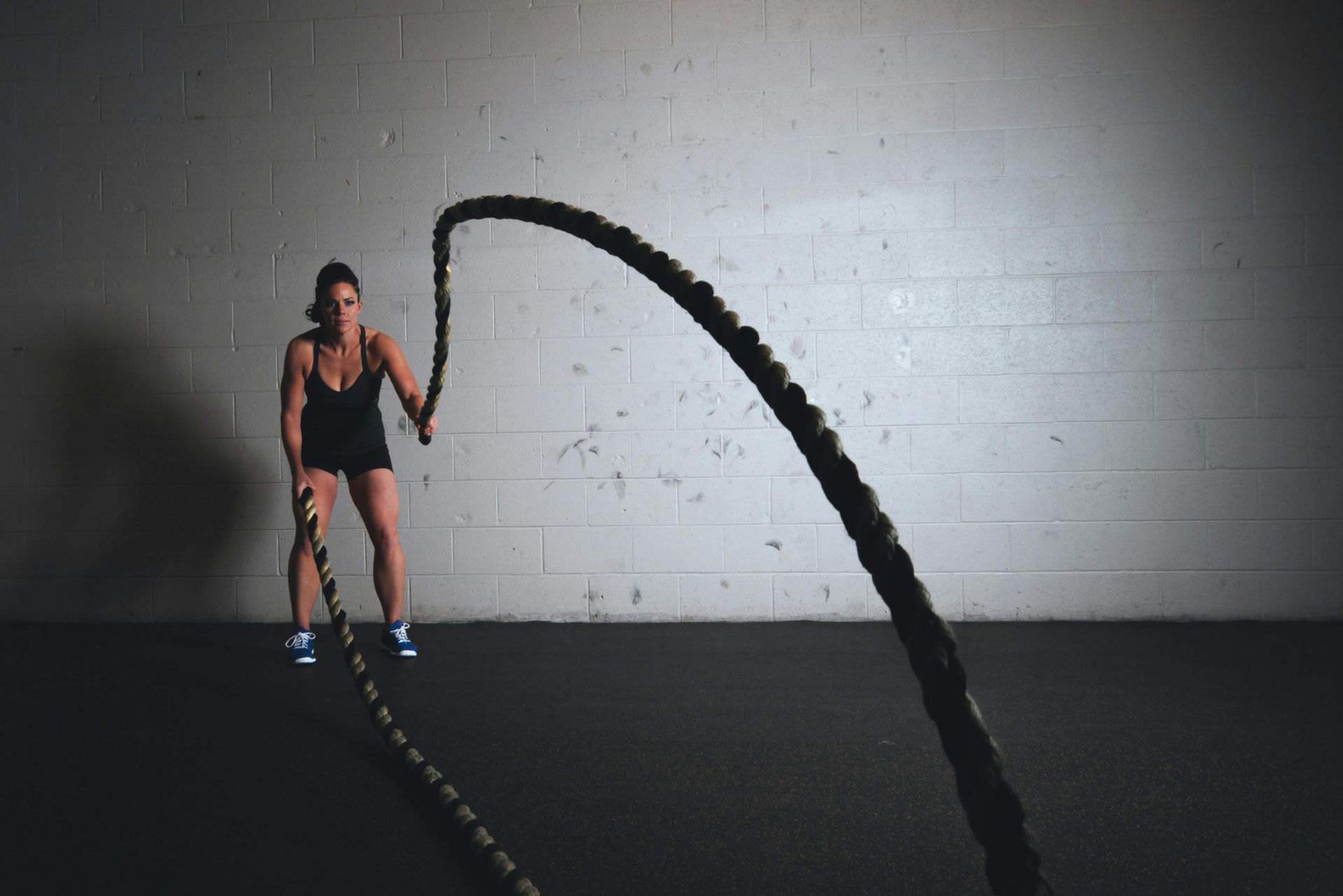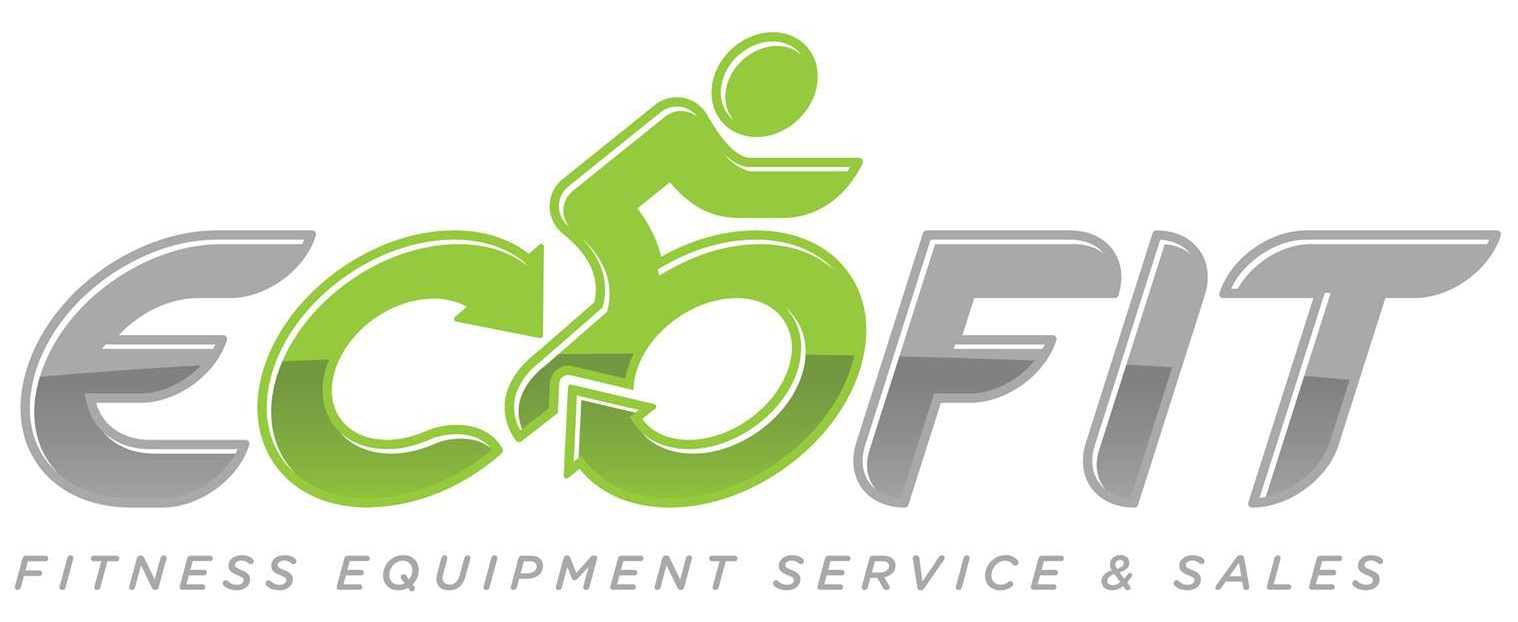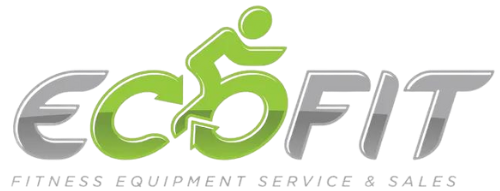Top Fitness Trends Shaping Commercial Gym Design in 2024
As we approach 2024, the fitness industry is witnessing rapid shifts in both workout preferences and gym design. The changing landscape is driven by advancements in fitness technology, evolving consumer behaviors, and a growing focus on wellness and personalized training
experiences. Commercial gyms must not only keep up with these trends but also adapt their facility layouts and equipment selections to meet the diverse needs of their members.
This article explores the top fitness trends shaping commercial gym design in 2024, focusing on key areas like hybrid fitness spaces, functional training zones, and the increasing integration of smart equipment. We’ll also discuss how commercial gyms can strategically adapt to these trends by partnering with EcoFit Equipment, a leader in fitness consulting and equipment selection, to optimize user experience and facility efficiency.
1. Hybrid Fitness Spaces: Blending the Physical and Digital
Hybrid fitness spaces have become a game-changer in the gym industry, allowing facilities to offer both in-person and virtual fitness experiences. These spaces are designed to seamlessly integrate technology, enabling users to participate in live-streamed classes, access on-demand workouts, or follow digital fitness programs via connected equipment.
Why Hybrid Fitness is Important
The rise of home fitness during the pandemic has fundamentally changed consumer expectations. Many gym-goers now seek the flexibility to work out in a way that fits their schedules, whether they’re at the gym, at home, or on the go. Hybrid fitness spaces offer this flexibility by blending traditional workout areas with virtual platforms, catering to both tech-savvy users and those who prefer in-person training.
How Gyms Can Adapt
Commercial gyms can leverage hybrid fitness by creating dedicated areas within the facility equipped with the latest digital fitness tools, such as connected cardio machines, virtual fitness mirrors, and interactive fitness apps. EcoFit Equipment can help gyms select the right technology and equipment to support hybrid workouts, ensuring seamless integration with existing spaces. For example, EcoFit can recommend equipment that pairs with popular fitness apps or that offers both in-person and virtual class options to accommodate diverse workout preferences.
2. Functional Training Zones: A Focus on Versatility
Functional training continues to grow in popularity due to its focus on improving real-life movements, strength, and mobility. Unlike traditional gym setups with rows of machines, functional training zones prioritize open spaces where users can perform exercises like squats, lunges, kettlebell swings, and bodyweight movements. These spaces are versatile, often equipped with minimal yet effective tools like resistance bands, kettlebells, and medicine balls.
Why Functional Training is Gaining Traction
Functional training appeals to a broad range of gym-goers, from athletes to beginners, because it focuses on movements that improve everyday physical activities. As more people look for holistic approaches to fitness, gyms need to accommodate this trend by providing adaptable spaces where members can engage in a variety of exercises.
How Gyms Can Adapt
To keep up with the functional training trend, commercial gyms should designate areas within their facilities specifically for this type of exercise. Functional training zones should include versatile and durable equipment, allowing members to engage in full-body workouts without relying on machines. EcoFit Equipment can consult with gyms to design functional training zones that optimize space and equipment layout, ensuring members have enough room to move freely and perform dynamic exercises.
3. Inclusive Gym Design: Creating Accessible Spaces for All
Inclusivity in gym design is an essential trend, as more fitness facilities strive to provide welcoming environments for people of all ages, abilities, and fitness levels. This trend includes creating spaces that are accessible for individuals with disabilities and incorporating equipment that supports different fitness goals, such as low-impact machines and adaptive fitness tools.
Why Inclusivity is Essential
Gyms that prioritize inclusivity can attract a broader membership base and foster a community- centered environment. This includes offering fitness programs for seniors, beginners, and individuals recovering from injuries. By focusing on accessibility, gyms can differentiate themselves from competitors and provide a more welcoming atmosphere for all members.
How Gyms Can Adapt
To promote inclusivity, gyms should design layouts that prioritize accessibility, with equipment that caters to various fitness levels and abilities. Wide aisles, adjustable machines, and clearly marked pathways are just a few ways gyms can accommodate all members. EcoFit Equipment can assist in selecting accessible equipment and designing facility layouts that are functional,
inclusive, and user-friendly.
4. Smart Equipment and Wearable Integration: The Rise of Connected Fitness
Technology continues to revolutionize fitness, with the integration of smart equipment and wearable fitness devices becoming a significant trend. Connected fitness equipment allows users to track their performance metrics in real-time, receive personalized workout
recommendations, and even participate in virtual competitions with other gym-goers.
Why Connected Fitness is Important
Today’s fitness enthusiasts expect data-driven insights to help them achieve their goals. Wearable devices and smart equipment provide this feedback, allowing users to monitor their progress, set goals, and stay motivated. For gyms, offering connected equipment can enhance the member experience and increase engagement.
How Gyms Can Adapt
To stay ahead of the connected fitness trend, gyms should consider investing in smart cardio machines, strength-training equipment with digital interfaces, and wearable device integration. EcoFit Equipment can help gyms select high-tech equipment that aligns with their members' needs, ensuring that both beginners and advanced athletes benefit from data-driven workouts.
5. Personal Training and Group Classes: Evolving with New Trends
Personal training and group fitness classes remain a staple of the gym experience, but trends are evolving toward more customized, boutique-style offerings. Small group classes that focus on specific fitness goals, like strength training or HIIT (High-Intensity Interval Training), are growing in popularity. Additionally, one-on-one personal training sessions that use data from wearables and fitness apps are helping members achieve more personalized results.
Why Customization Matters
As fitness goals become more specific and varied, members are looking for training programs tailored to their individual needs. Whether it's weight loss, strength building, or injury rehabilitation, customized training programs can enhance the gym experience and lead to better results.
How Gyms Can Adapt
Gyms should offer a variety of small group classes and personalized training programs that cater to different fitness goals. EcoFit Equipment can provide expert advice on designing training spaces that support both one-on-one and small group sessions. From selecting versatile equipment to maximizing space, EcoFit ensures that commercial gyms are equipped to deliver high-quality, personalized fitness experiences.
6. Recovery and Wellness Zones: The Shift Toward Holistic Fitness
Fitness isn’t just about working out anymore—members are increasingly interested in recovery and overall wellness. Recovery zones featuring massage chairs, foam rollers, and even cryotherapy stations are becoming standard in modern gyms. These areas allow members to focus on stretching, muscle recovery, and mental well-being, creating a more holistic approach to fitness.
Why Wellness is Trending
As people become more aware of the importance of recovery, they are seeking out gyms that offer wellness services in addition to traditional workouts. Recovery and wellness zones can enhance member retention by providing a complete fitness experience that goes beyond exercise.
How Gyms Can Adapt
To meet the growing demand for wellness, commercial gyms should designate areas for recovery and invest in equipment that promotes muscle recovery, stress relief, and relaxation. EcoFit Equipment can help gyms identify the best recovery tools and wellness features,
ensuring these spaces are optimized for user comfort and satisfaction.
Conclusion: Adapting to the Future of Fitness with EcoFit
As fitness trends continue to evolve, commercial gyms must adapt by creating versatile and user-friendly spaces. Whether it’s integrating hybrid fitness solutions, designing functional training zones, or adopting connected fitness equipment, gyms have numerous opportunities to enhance their offerings in 2024.
EcoFit Equipment is here to guide gym owners through these changes. With expertise inequipment selection and facility design, EcoFit helps gyms create spaces that meet the needs of today’s fitness enthusiasts. From consulting on the latest fitness technology to optimizing layouts for inclusivity and efficiency, EcoFit ensures that every gym is equipped to thrive in the ever-changing fitness landscape.
By staying ahead of these trends, gyms can offer an exceptional member experience, attract new customers, and ensure long-term success in an increasingly competitive industry.
Let Us Help you pick the right choice!






